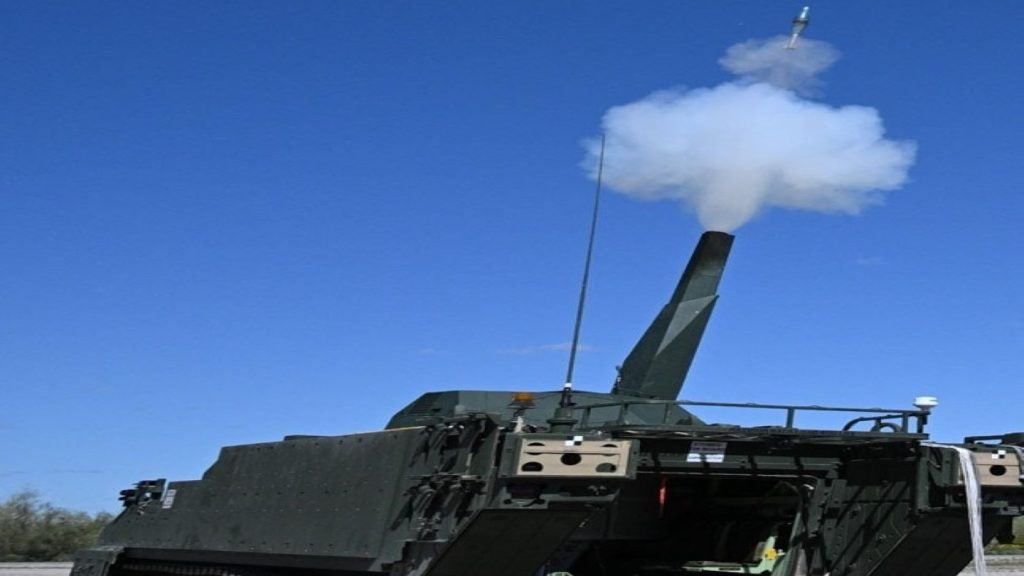
The Government Accountability Office (GAO) has found that the US Department of Defense (DoD) does not ensure that all of its weapon system programmes adhere to its new ‘Agile software acquisition’ programme guidelines.
The DoD’s ability to respond to threats is increasingly determined by its rapid development and deployment of software, as much as its responsibility to acquire tangible military assets like platforms and ammunition.
The department has been undergoing a modernisation strategy for more readily deployable, or ‘Agile software’. Since 2020, the DoD established six acquisition pathways – or sets of policy and guidance – that are tailored to the type of capabilities being acquired. The department requires programmes on its software pathway to use requirements processes tailored to support this ‘Agile development’.
‘Agile’ is intended to deliver working software to users in less than a year and add capability iteratively based on user needs. In contrast, the DoD’s earlier acquisition model, known as its ‘waterfall approach’, could take over ten years to deliver software and involves greater risk.
However, the requirement processes used by weapon programmes developing software on a different pathway generally do not incorporate the Agile principles. By not incorporating Agile principles into requirements processes, these programmes risk developing capabilities that may not reflect changing user needs or threats.
This neglect comes down to DoD failing to issue corresponding guidance for weapon programmes using Agile software development on other pathways. As a result, programmes on other acquisition pathways, such as those developing new aircraft or ships, may not be positioned to conduct effective oversight of iteratively delivered software capabilities.
Software acquisition as a threat to the Rules-Based Order
If some critical weapon system programmes fall through the cracks by continually using the legacy waterfalll approach, this could negatively impact the ability of the US and its allies to maintain the Rules-Based Order around the world.
Let us consider the widely used F-16 aircraft as an example. GlobalData intelligence tells us that global spending on the F-16 A/B will increase from $87m to $115m between 2023 and 2025; F-16 C/D will increase from $626m to $1.9bn between 2023 and 2026.
As tensions increase in the geopolitical environment, the US and its allies are attempting to curtail Russia and China’s encroachment of national sovereignty and repudiation of a US-led liberal international order.
Part of the efforts to confront states such as Russia and China is Nato’s unprecedented information, knowledge and skills exchange, which would include software for interoperable systems for joint missions. With this in mind, may Nato air forces employ the American-made F-16 fighter fleets to deter Russia in the alliance’s air policing across its eastern flank in and around Baltic airspace.
If critical weapon systems and platforms such as the F-16 lack deployable software, then the US and all of its allies may be at risk of a considerable disadvantage comapred to the autocratic states that are mobilising every part of their society.
The UK and Denmark, among other nations, are currently training Ukrainian pilots to use the F-16 fighter jet in anticipation of the aircraft’s induction int the Ukrainian Air Force.








